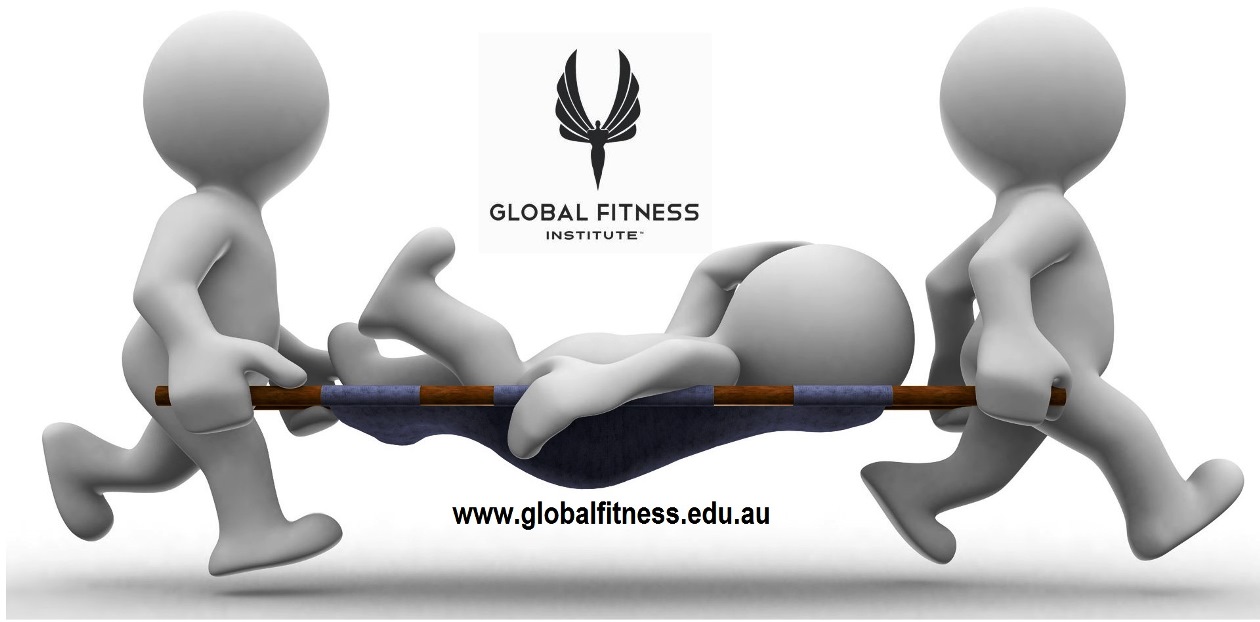Emergency Management – General Guidelines for First Aid

These guidelines are applicable to adults, children and infants
Priorities in an emergency
Early recognition is a key step in initiating early management of an emergency situation.
In all emergencies, the rescuer should:
• assess the situation quickly
• ensure safety for the rescuer, victim and bystanders
• send for help (call an ambulance)
If the victim is unresponsive and not breathing normally, follow the Basic Life Support Flowchart.

Where there is more than one victim, THE CARE OF AN UNCONSCIOUS VICTIM HAS PRIORITY.
General principles of management
After ensuring safety for the victim, rescuer and bystanders and sending for help, the management of the collapsed or injured victim involves:
• prevention of further harm or injury
• checking response to verbal and tactile stimuli
• care of airway, and breathing,
• control of bleeding
• protection from the weather
• other first aid measures depending on the circumstances
• gentle handling
• reassurance
• continued observation
Moving a victim:
The condition of a collapsed or injured victim may be worsened by movement, increasing pain, injury, blood loss and shock.
A rescuer should move a victim when needed to:
• ensure the safety of both rescuer and the victim
• protect from extreme weather conditions
• enable evacuation from difficult terrain
• make possible the care of airway and breathing
• make possible the control of severe bleeding.
All unconscious persons who are breathing normally must remain on their side. It is reasonable to roll a face-down unresponsive victim onto their back to assess airway and breathing and initiate
resuscitation. Concern for protecting the neck should not hinder the evaluation process or life saving procedures.
When ready to move the victim:
• avoid bending or twisting the victim’s neck and back: a spinal injury can be aggravated by rough handling
• try to have three or more people to assist in the support of the head and neck, the chest, the pelvis and limbs while moving the victim. A spine board may be utilised if available
• a single rescuer may need to drag the victim: either an ankle drag or arm-shoulder drag is acceptable
• make prompt arrangements for transport by ambulance to hospital.
REFERENCES
1. Koster RW, Sayre MR, Botha M et al. Part 5: Adult basic life support: 2010 International consensus on cardiopulmonary resuscitation and emergency cardiovascular care science with treatment recommendations. Resuscitation 2010;81:e48–e70. https://www.resuscitationjournal.com
